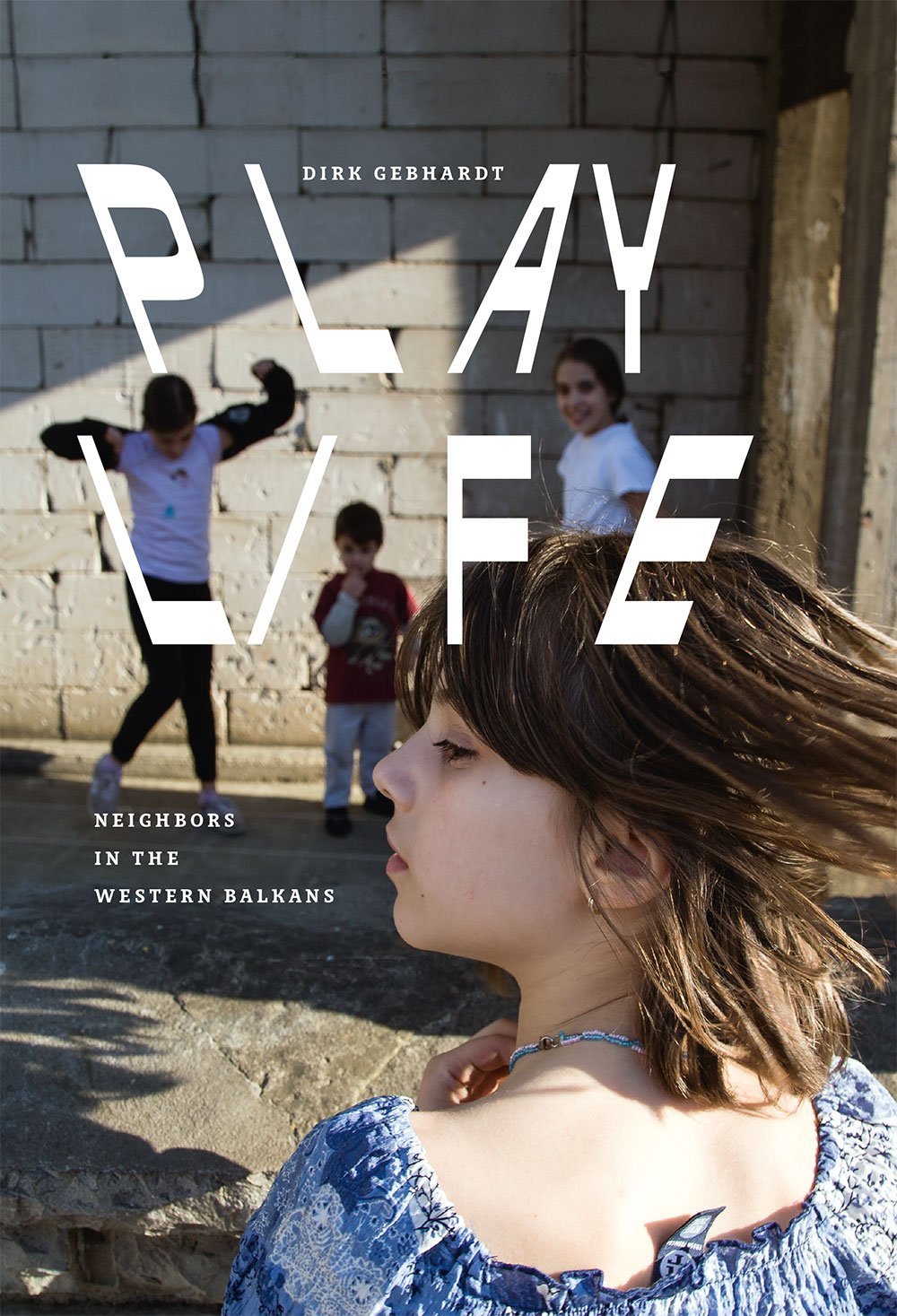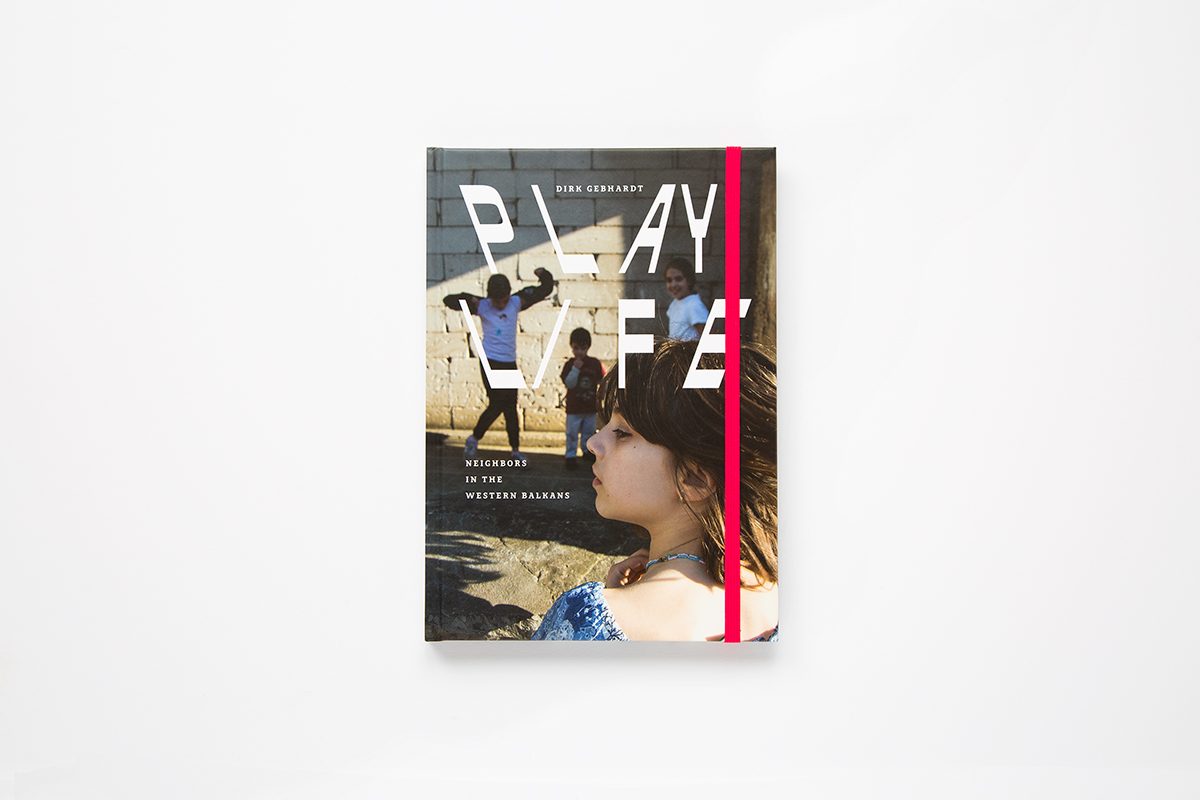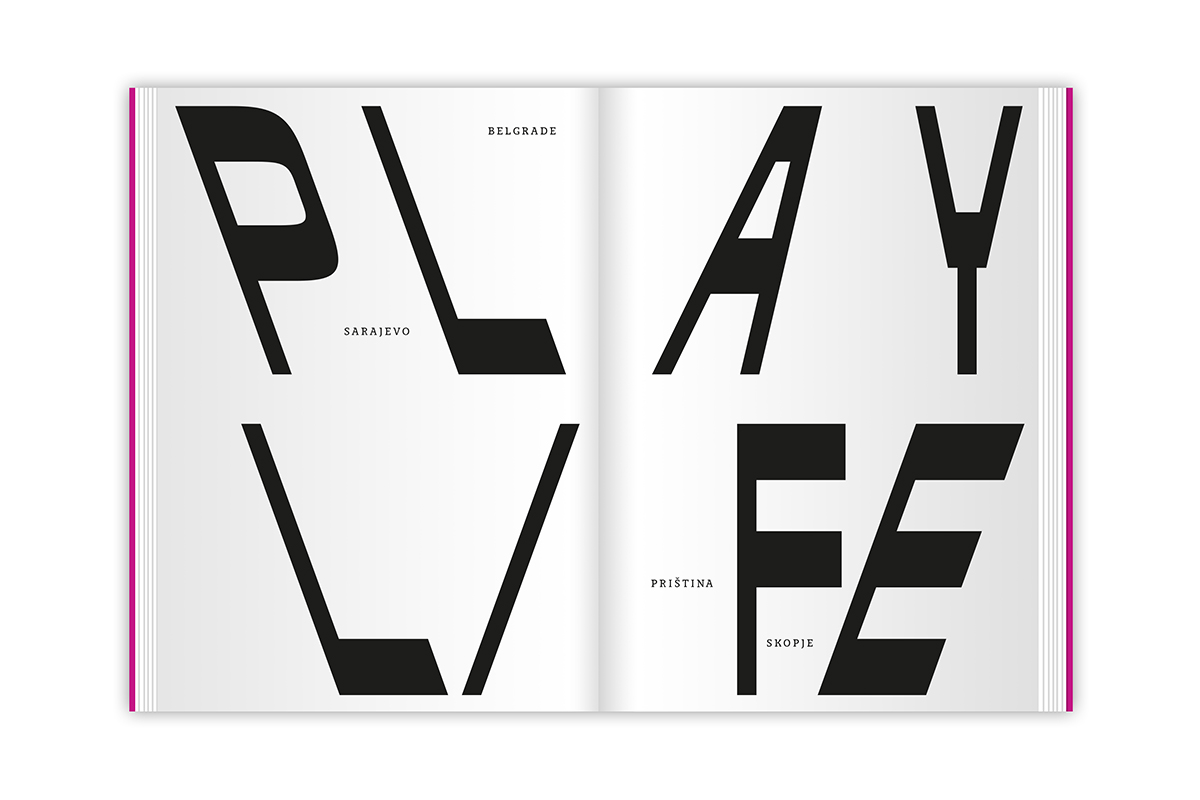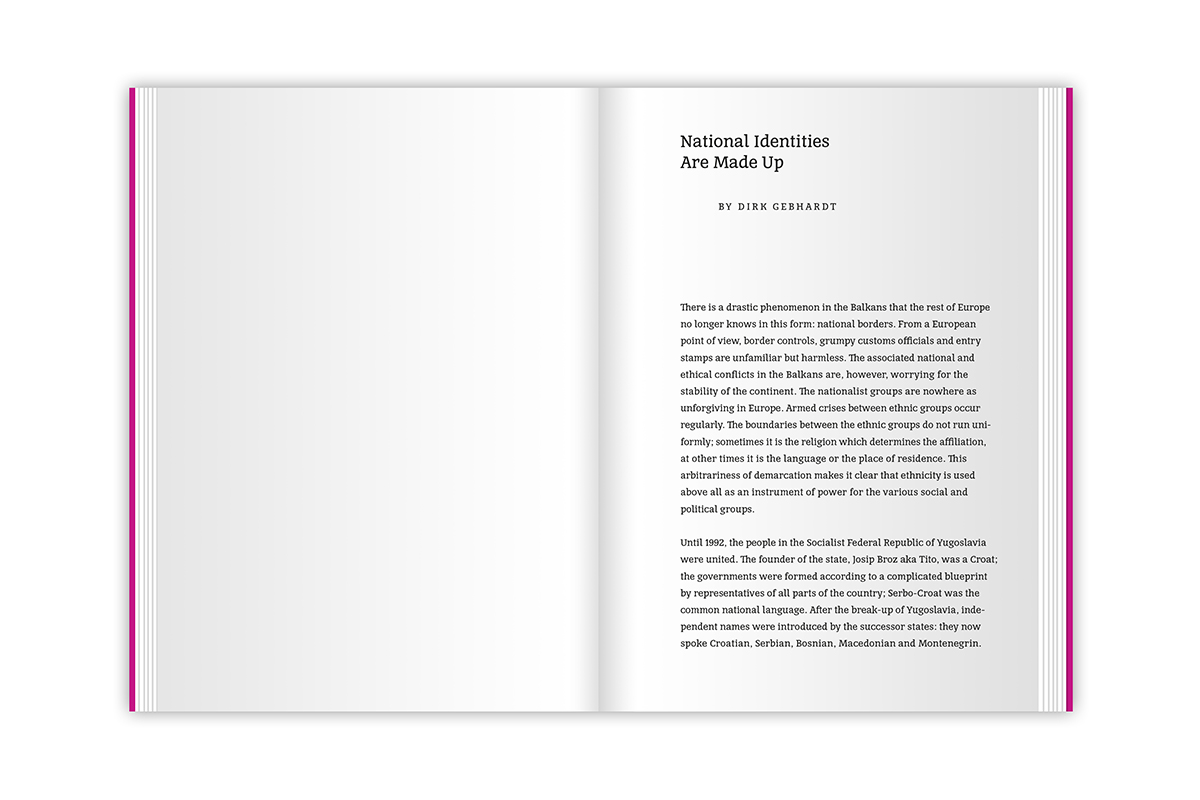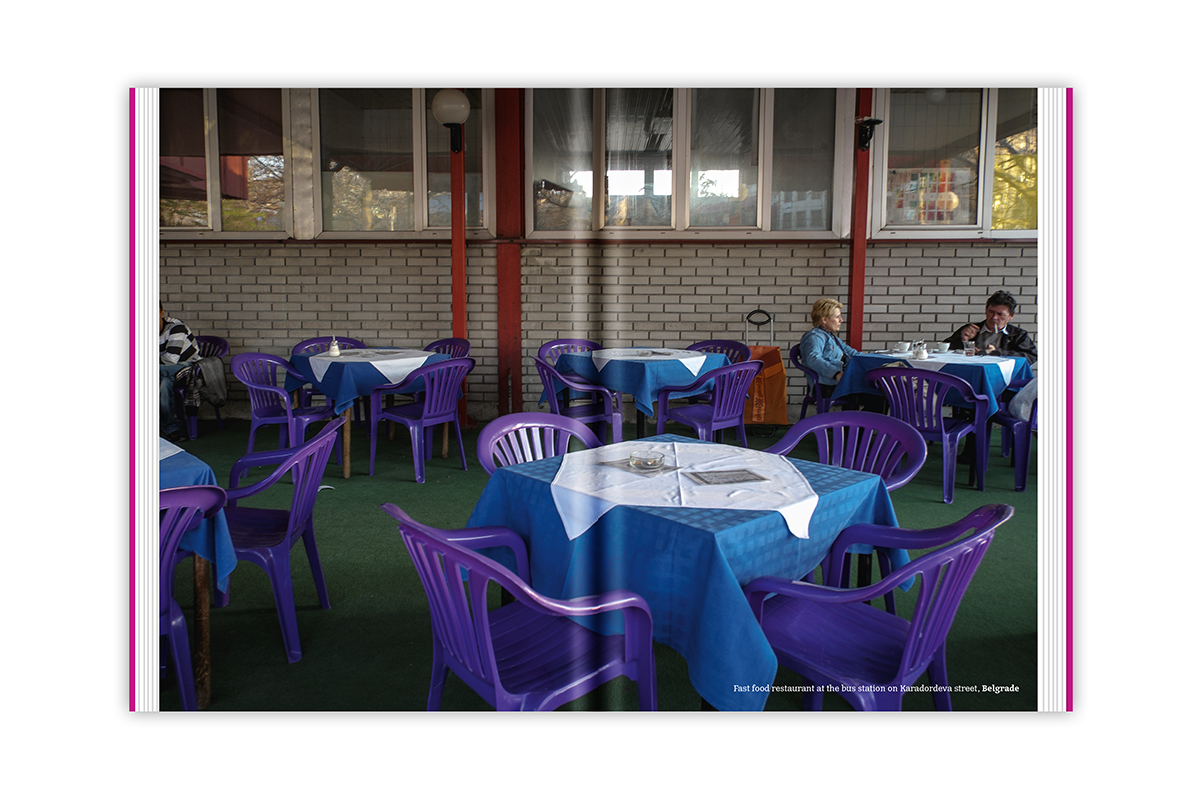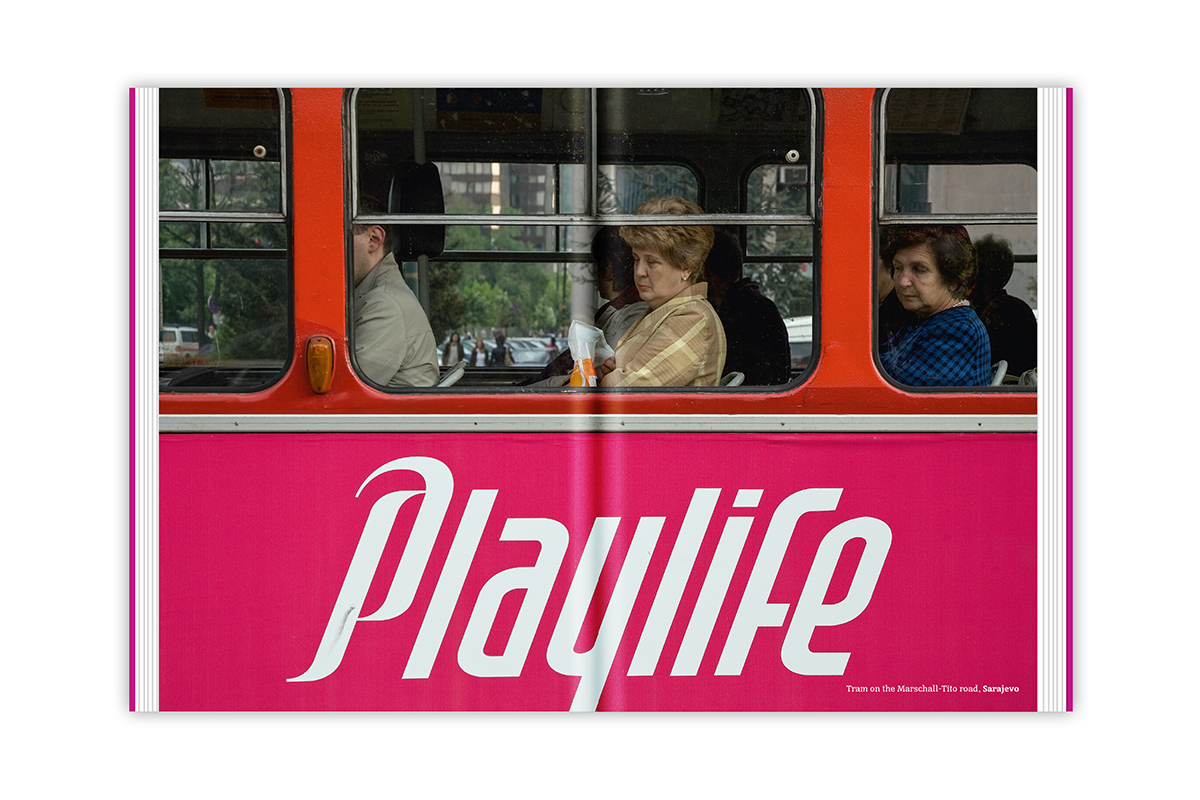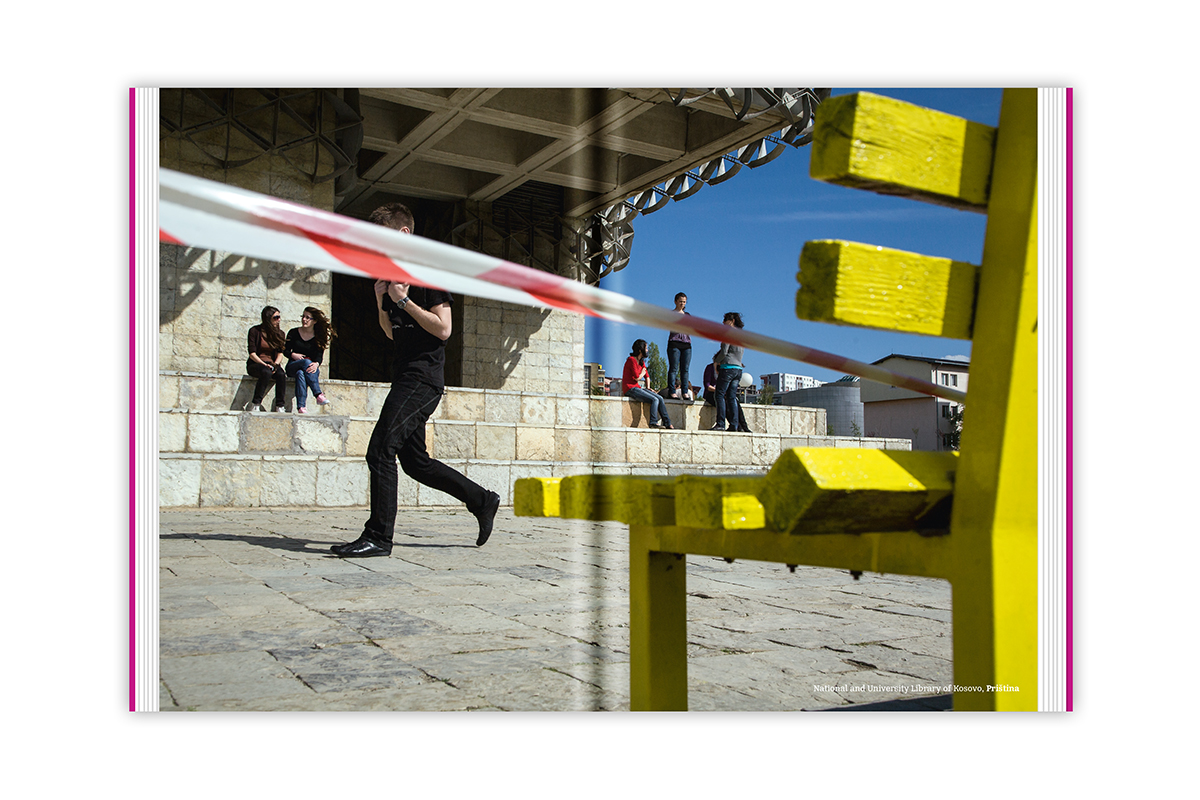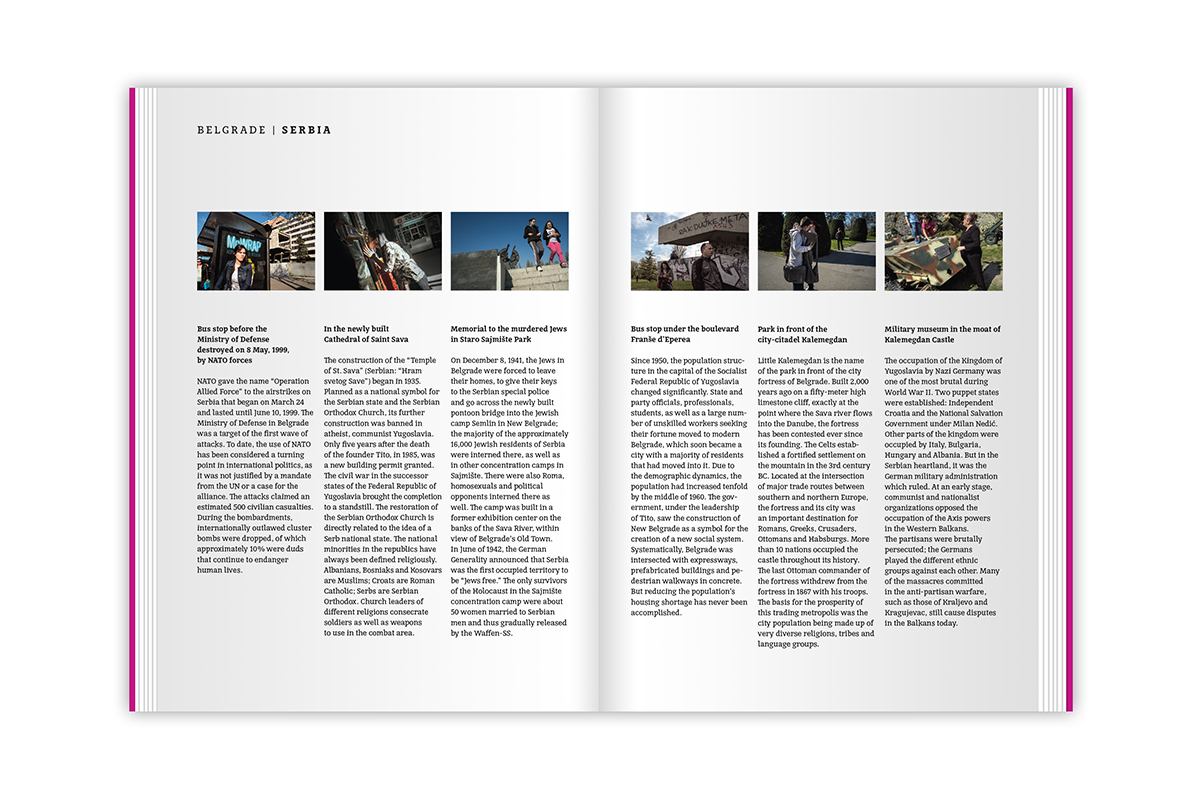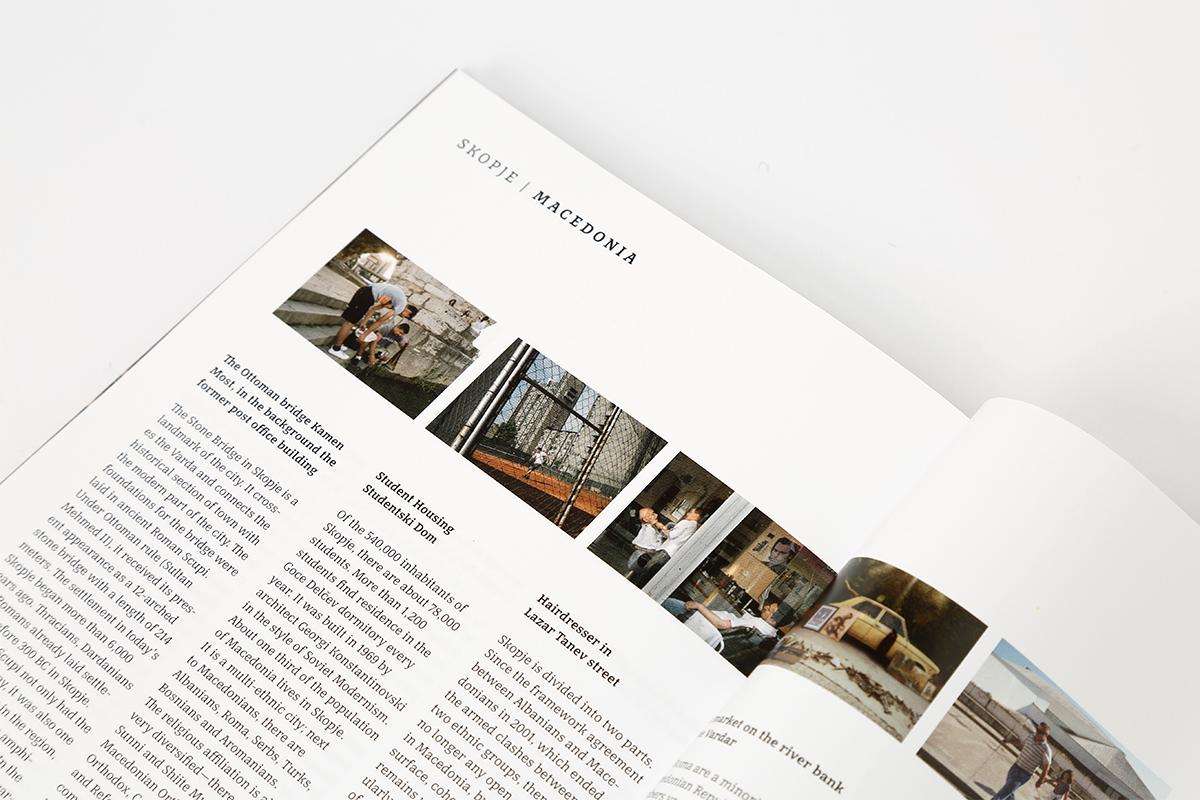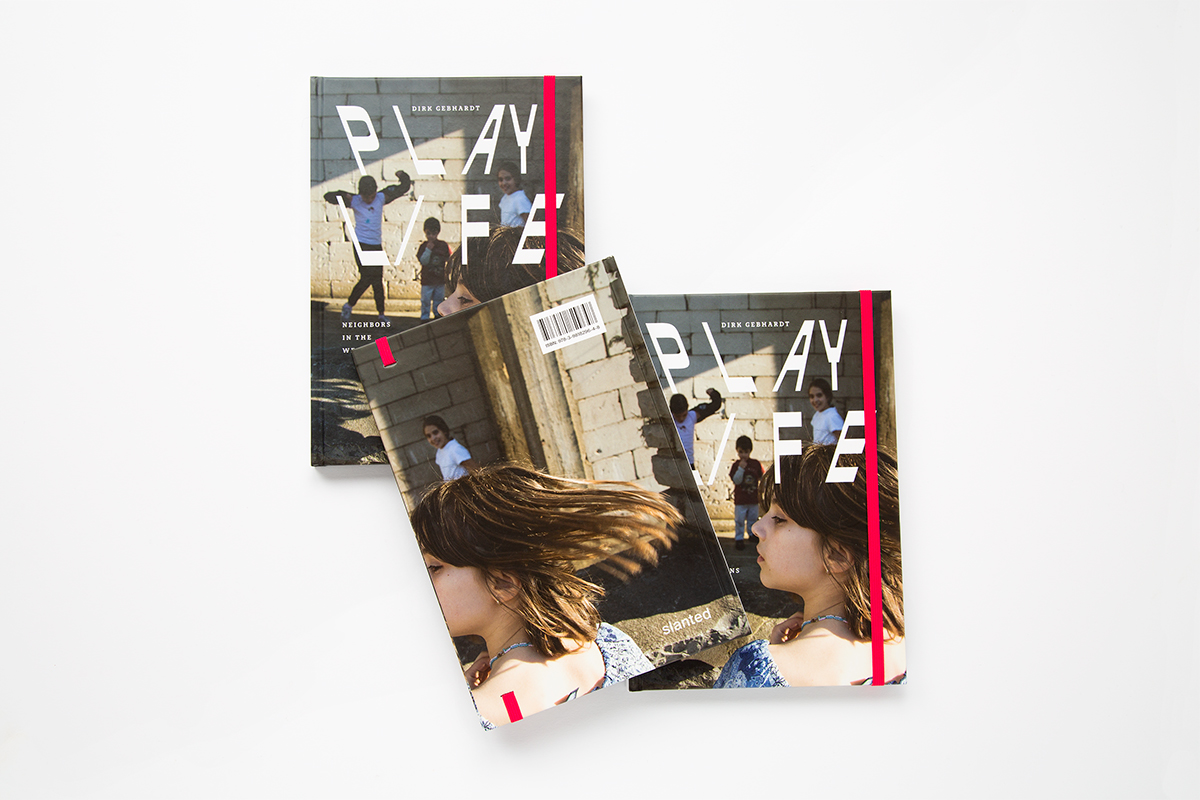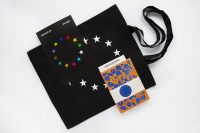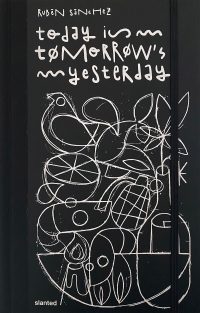Play Life—Neighbors in the Western Balkans
People around the world define themselves again through an old phenomenon: nation states. The nation as a savior in a complex world. One’s own state is glorified and lowers other nations in an imaginary hierarchy. Historically, nation states are a young phenomenon. Only since the French Revolution have people sought identity in language, borders and nation. Before that, kings ruled over a multitude of countries and peoples. Many languages were spoken in their territory and the population belonged to different religions. In absolutism, the king held the people together.
New political ideas and economic production approaches required new identification mechanisms. Language, race and border now formed a nation. National myths emerged that historically established this new definition of the state. The Germans used the war against France in 1871, a German king was proclaimed emperor—although in 1815 Germany still consisted of more than 39 states that united to form the German Confederation. The new states of the Western Balkans used similar approaches to define their national identity. Some built pseudo-historical buildings and sculptures to underline the historical existence of their nations, others used religion and reinterpretations of historical moments in the Balkans to substantiate their belief in the right to dominate other nations. Looked at from the outside, it looks like a mimicry of commonly used patterns for building nations—it looks like “Play Life.”
The Balkans have been multicultural for centuries. The different dynasties tolerated the mix of religions, languages and traditions. The photographs in the book show seemingly casual everyday situations, but why 15 years after the Kosovo war is still the ruined Ministry of Defense in Belgrade? Why are over 2,000 new monuments in Skopje?
Only since the collapse of the Yugoslav Republic have nationalist forces established marginal differences as a pattern of separation. The most serious example of a nationalist reinterpretation is language. Serbo-Croatian has been a language with a grammatical system since the 18th century. Following the collapse of Yugoslavia, the successor states developed new names for politically motivated reasons: Croatian, Serbian, Bosnian and Montenegrin. These can not be defined linguistically as mutually independent languages. Rather, it is about slightly different realizations of a macro language and thus de facto the same language system—Serbo-Croat.
Slanted Publishers
Lars Harmsen
Dirk Gebhardt
June 2019
120 pages, 58 photographs
15 × 21.5 cm
English
500, numbered and signed
Rubber band
978-3-9818296-4-8
